Yoga, an age-old tradition with roots in India, has captured global attention for its myriad health perks. From boosting flexibility to easing stress, yoga takes a holistic approach to well-being. Yet, amidst its many poses, some stand out for their challenge, pushing even seasoned yogis to their limits. These advanced poses not only require physical prowess but also call for sharp mental focus and unwavering concentration.
"Dare to Challenge Yourself: Conquer the Most Difficult Yoga Poses and Elevate Your Practice to New Heights! Discover the Ultimate Fusion of Strength, Flexibility, and Mental Focus." Most Difficult Yoga Poses
What are Most Difficult Yoga Poses?
The most difficult yoga poses are a testament to the incredible potential of the human body and mind. From balancing on your head in Sirsasana to contorting into intricate arm balances like Mayurasana, these poses demand unwavering strength, flexibility, and inner resolve. They push practitioners to their limits, fostering growth not only physically but also mentally, as they cultivate mindfulness, concentration, and a deep connection to the present moment. While challenging, mastering these poses brings a sense of accomplishment and empowerment, inspiring yogis to continue exploring the boundless possibilities of their practice.
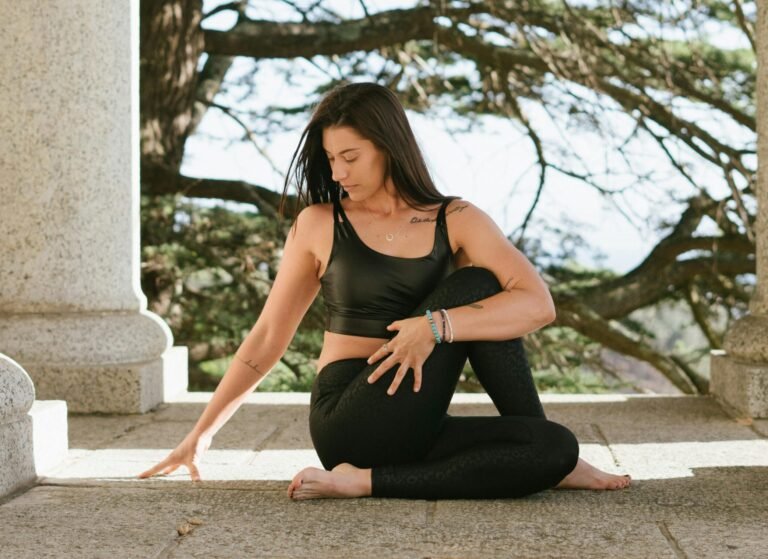
Benefits of Practicing Difficult Yoga Poses
Physical Benefits:
Strength Building: Difficult yoga poses engage multiple muscle groups simultaneously, promoting overall strength development. Poses like the headstand and the scorpion pose require substantial core strength, while arm balances like Mayurasana and Koundinyasana challenge the upper body.
Enhanced Flexibility: Stretching into challenging yoga poses gradually increases flexibility in muscles and joints. Poses such as splits variations and deep backbends like Urdhva Dhanurasana (Wheel Pose) encourage flexibility throughout the body, promoting mobility and reducing the risk of injury.
Improved Balance: Balancing on hands, forearms, or the head in difficult poses requires precise alignment and concentration, enhancing proprioception and balance. Practicing poses like the handstand and the crane pose (Bakasana) strengthens stabilizing muscles and improves overall balance.
Mental Benefits:
Stress Reduction: Focusing on the intricacies of difficult yoga poses redirects attention away from daily stressors, promoting relaxation and mental clarity. The meditative quality of challenging poses cultivates mindfulness, allowing practitioners to find peace and tranquility amidst chaos.
Increased Concentration: Holding challenging poses demands full concentration and presence, sharpening cognitive abilities and enhancing mental focus. By training the mind to remain focused on the present moment, difficult yoga poses promote mental resilience and clarity of thought.
Inner Strength and Confidence: Successfully mastering difficult yoga poses instills a sense of accomplishment and empowerment, boosting self-esteem and confidence. Overcoming physical challenges on the yoga mat translates into greater resilience and determination in facing life’s obstacles off the mat.
Incorporating difficult yoga poses into your practice not only offers physical benefits such as strength, flexibility, and balance but also nurtures mental well-being, fostering resilience, concentration, and inner strength.
Precautions Before Attempting Difficult Yoga Poses
Before embarking on the journey of mastering difficult yoga poses, it’s essential to take certain precautions to ensure safety and prevent injuries.
Importance of Consulting a Yoga Instructor
Seek guidance from a qualified yoga instructor who can assess your abilities and provide personalized guidance. A skilled instructor can offer modifications and adjustments tailored to your level of experience, reducing the risk of injury.
Listening to Your Body
While it’s tempting to push beyond one’s limits, it’s crucial to listen to your body’s cues. Pain or discomfort during a pose is a signal to ease off or modify the posture. Honoring your body’s limitations is key to a sustainable yoga practice.
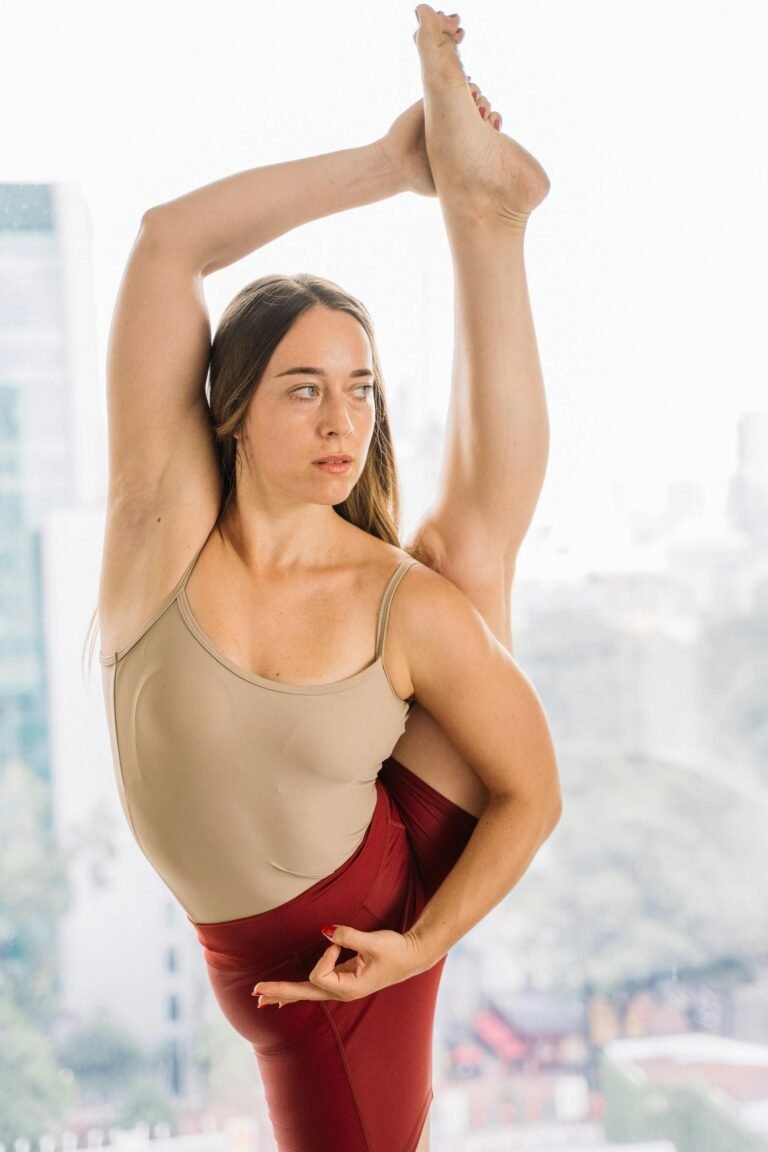
Top 5 Most Difficult Yoga Poses
Mastering these challenging yoga poses requires dedication, patience, and consistent practice. Here’s a detailed description of each pose along with step-by-step instructions on how to perform them:
Sirsasana (Headstand):
Description: Sirsasana, or the headstand, is often referred to as the “king of yoga poses.” In this inversion, the body is balanced on the crown of the head with the support of the forearms and hands, creating a vertical line from head to feet.
How to Perform:
- Start in a kneeling position with your hands interlaced and placed on the mat, forming a triangle with your forearms.
- Place the crown of your head on the mat, ensuring it’s centered between your hands.
- Lift your hips and walk your feet closer to your body, coming into a dolphin pose position.
- Slowly begin to lift one leg off the ground, engaging your core to maintain stability.
- Once you feel balanced, lift the other leg off the ground, stacking your hips over your shoulders.
- Keep your gaze focused on a point between your hands, and hold the pose for several breaths.
- To release, lower one leg down at a time with control, returning to the starting position.
Vrischikasana (Scorpion Pose):
Description: Vrischikasana, or the scorpion pose, combines a deep backbend with a forearm balance, resembling the shape of a scorpion’s tail. This advanced pose requires significant strength, flexibility, and control.
How to Perform:
- Begin in a forearm plank position, with your forearms parallel to each other on the mat.
- Walk your feet closer to your elbows, lifting your hips toward the ceiling.
- Engage your core and slowly begin to arch your back, bringing your feet toward your head.
- Bend your knees and reach your feet toward your head, aiming to touch your toes to your head or upper back.
- Press through your forearms and lift your chest, opening your heart towards the sky.
- Hold the pose for several breaths, maintaining stability and control.
- To release, slowly lower your feet back down to the mat, returning to the starting position.
Mayurasana (Peacock Pose):
Description: Mayurasana, or the peacock pose, is an advanced arm balance that resembles a peacock spreading its feathers. In this pose, the body is supported by the hands while balancing on the wrists and arms.
How to Perform:
- Start by sitting on your heels with your knees bent and feet together.
- Place your hands on the mat shoulder-width apart, fingers pointing towards your feet.
- Lean forward and lift your hips, shifting your weight onto your hands.
- Bend your elbows and bring them close to your body, squeezing them against your abdomen.
- Engage your core and lift your feet off the mat, extending your legs behind you.
- Straighten your arms and press through your hands, lifting your chest and hips off the mat.
- Hold the pose for several breaths, maintaining a strong core and steady breath.
- To release, slowly lower your feet back down to the mat, returning to the starting position.
Koundinyasana (Pose Dedicated to the Sage Koundinya):
Description: Koundinyasana is an advanced arm balance that requires strength, flexibility, and balance. Named after the sage Koundinya, this pose involves twisting the body while balancing on the hands.
How to Perform:
- Begin in a seated position with your legs extended in front of you.
- Bend your right knee and place your right foot on the mat close to your right hip.
- Place your hands on the mat shoulder-width apart, fingers pointing forward.
- Shift your weight onto your hands and lift your hips off the mat.
- Bend your elbows slightly and begin to lean forward, shifting your weight onto your hands.
- Engage your core and extend your left leg straight out to the side, parallel to the mat.
- Slowly begin to twist your torso to the right, bringing your left elbow outside your right knee.
- Press through your hands and engage your core to lift your hips higher, finding balance.
- Hold the pose for several breaths, maintaining stability and control.
- To release, slowly lower your hips back down to the mat, returning to the starting position.
Eka Pada Koundinyasana (One-Legged Pose Dedicated to the Sage Koundinya):
Description: Eka Pada Koundinyasana is an advanced variation of Koundinyasana that adds an extra challenge by lifting one leg off the mat. This pose requires significant upper body and core strength, as well as balance and control.
How to Perform:
- Start in a seated position with your legs extended in front of you.
- Bend your right knee and place your right foot on the mat close to your right hip.
- Place your hands on the mat shoulder-width apart, fingers pointing forward.
- Shift your weight onto your hands and lift your hips off the mat.
- Bend your elbows slightly and begin to lean forward, shifting your weight onto your hands.
- Engage your core and extend your left leg straight out to the side, parallel to the mat.
- Lift your left foot off the mat, bringing your knee towards your chest.
- Press through your hands and engage your core to lift your hips higher, finding balance.
- Hold the pose for several breaths, maintaining stability and control.
- To release, slowly lower your hips back down to the mat, returning to the starting position.
These detailed instructions will help you approach these challenging yoga poses with confidence and mindfulness, allowing you to progress safely and effectively in your practice. Remember to listen to your body and honor your limits as you explore these advanced postures.
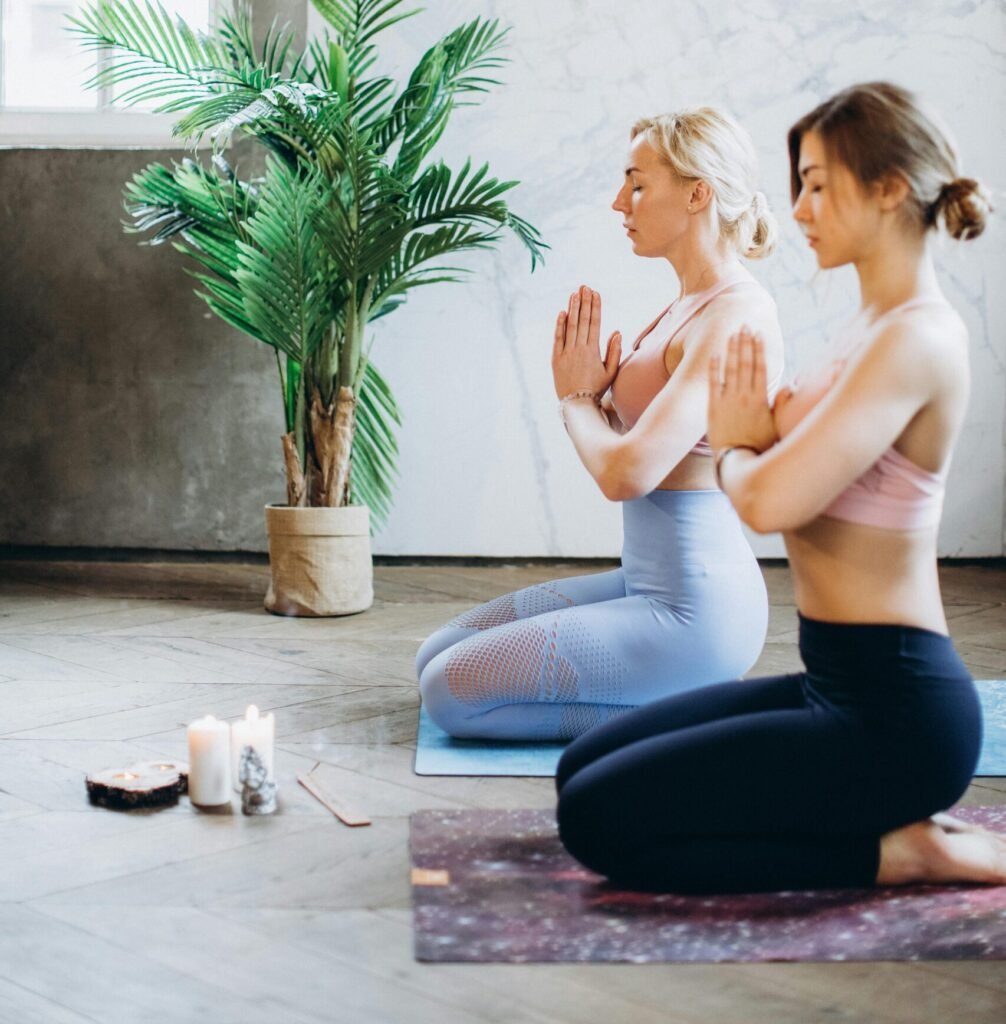
READ ABOUT “Flamingo Yoga Pose: Guide, Variations, Tips and Benefits” CLICK
Tips for Beginners
- Practice these poses under the guidance of an experienced yoga instructor.
- Use props such as blocks or straps to provide support and aid in alignment.
- Focus on building strength and flexibility gradually, without forcing the body into the full expression of the pose.
Advanced Variations of Difficult Yoga Poses
For experienced yogis looking to further challenge themselves, advanced variations of difficult yoga poses offer new opportunities for growth and exploration on the mat. Experimenting with variations such as one-handed headstands or full splits in arm balances can take your practice to new heights.
How to Safely Practice Difficult Yoga Poses
Importance of Warm-Up
Before attempting challenging poses, it’s crucial to warm up the body with gentle stretches and movements. A proper warm-up prepares the muscles and joints for the demands of difficult yoga poses, reducing the risk of strain or injury.
Using Props for Support
Props such as blocks, straps, and bolsters can provide invaluable support during difficult poses, allowing practitioners to find proper alignment and stability. Incorporating props into your practice can make challenging poses more accessible and enjoyable.
Common Mistakes to Avoid
While practicing difficult yoga poses, it’s essential to be mindful of common mistakes that can lead to injury or frustration.
Overexertion
Pushing too hard or attempting advanced poses before mastering the basics can increase the risk of injury. It’s important to progress gradually and listen to your body’s limits.
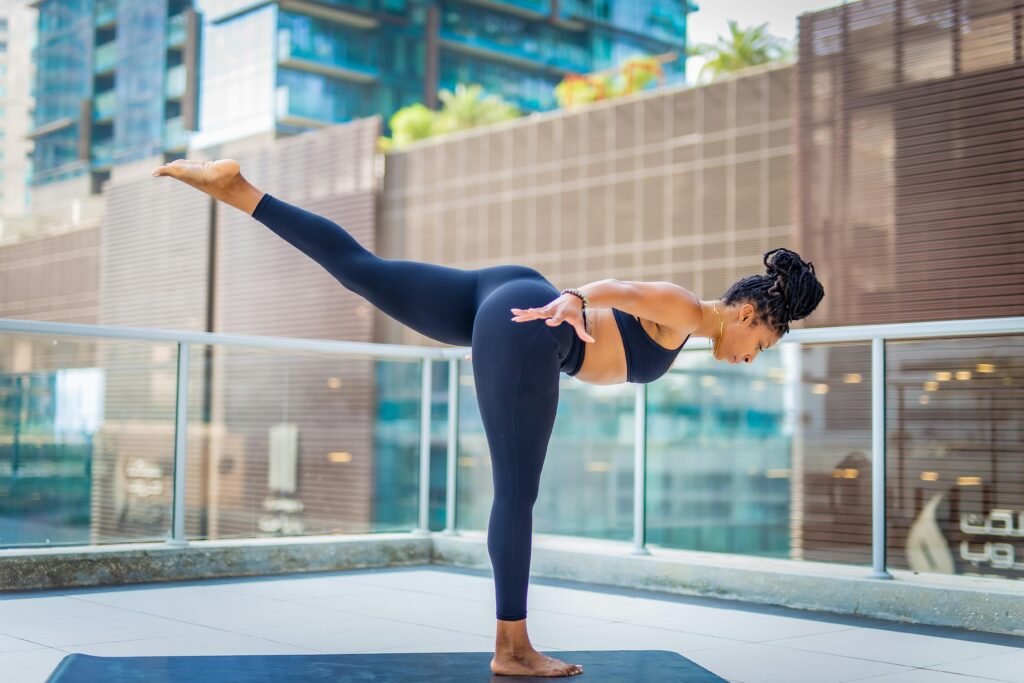
Yoga Poses for Building Strength and Flexibility
In addition to mastering difficult yoga poses, incorporating a variety of strength-building and flexibility-enhancing poses into your practice can further support your journey toward physical and mental well-being:
- Warrior II: Strengthens the legs, opens the hips, and improves balance.
- Plank Pose: Builds core strength, stability, and endurance.
- Pigeon Pose: Stretches the hips, thighs, and groin, releasing tension and improving flexibility.
9. Mental Preparation for Challenging Poses
Preparing mentally for difficult yoga poses is just as important as physical preparation. Incorporate mindfulness techniques and breathing exercises into your practice to cultivate mental resilience and concentration:
Mindfulness Techniques: Practice present moment awareness and non-judgmental observation of thoughts and sensations. Stay focused on the breath to anchor your awareness in the present moment.
Breathing Exercises: Use deep, rhythmic breathing to calm the mind and steady the body. Practice Ujjayi breath or “Victorious Breath” to create a sense of inner strength and stability.
10. Incorporating Most Difficult Yoga Poses Into Your Routine
Gradually incorporate difficult yoga poses into your practice, starting with preparatory poses and gradually progressing to more advanced variations:
Frequency: Practice difficult poses regularly but with moderation to avoid overexertion. Incorporate them into your routine 2-3 times per week, alternating with restorative or gentle yoga practices.
Duration: Hold difficult poses for 5-10 breaths initially, gradually increasing the duration as you build strength and confidence. Listen to your body and modify the duration as needed.
By following these guidelines and incorporating challenging yoga poses into your practice mindfully and safely, you can experience the transformative benefits of these advanced postures while minimizing the risk of injury.
Conclusion
In conclusion, mastering most difficult yoga poses offers a profound opportunity for physical and mental growth, fostering strength, flexibility, balance, and inner resilience. Approach your practice with patience, mindfulness, and a spirit of exploration, and you’ll discover the transformative power of these advanced postures.
FAQ
Most frequent questions and answers
- While it’s possible to practice difficult poses alone, it’s recommended to seek guidance from a qualified yoga instructor, especially when attempting advanced postures.
- Practice difficult poses 2-3 times per week, allowing for adequate rest and recovery between sessions. Listen to your body and adjust the frequency as needed.
- Yes, modifications are essential for safely practicing difficult poses. Use props, adjust the intensity, or work on preparatory poses to build strength and flexibility gradually.
- If you experience pain or discomfort during a pose, ease off or come out of the pose immediately. Listen to your body’s signals and consult a yoga instructor if needed.
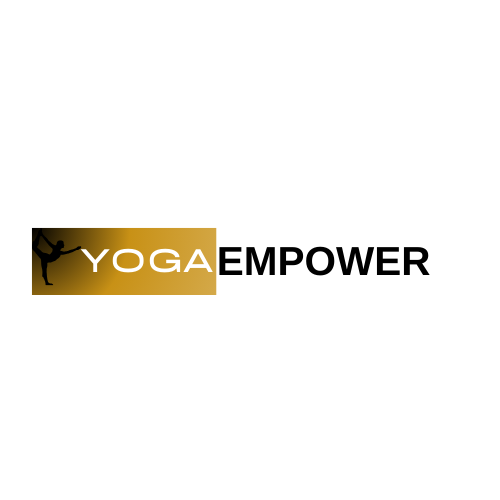
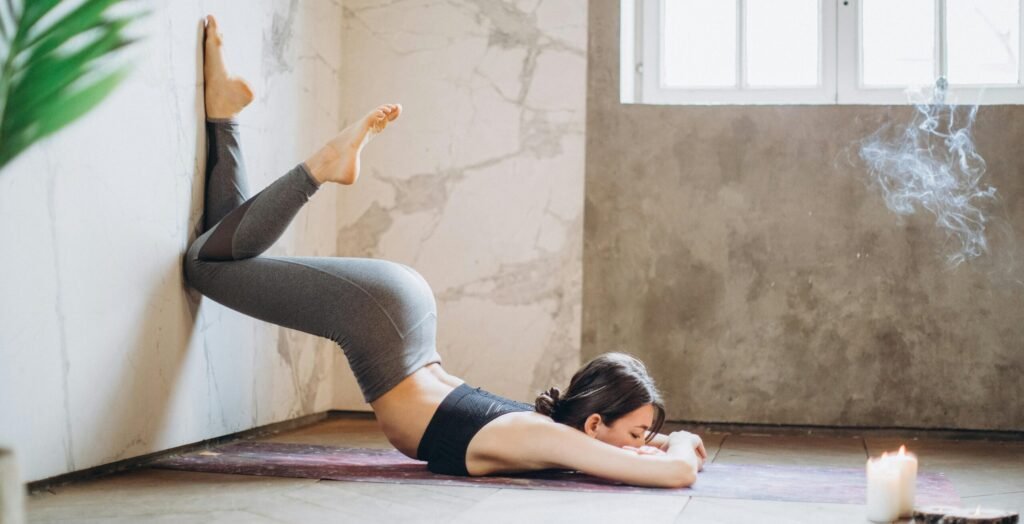
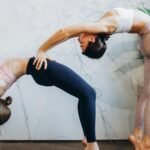

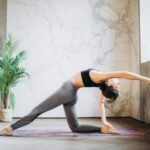



[…] READ ABOUT “Top 5 Most Difficult Yoga Poses: Challenging Poses” CLICK […]